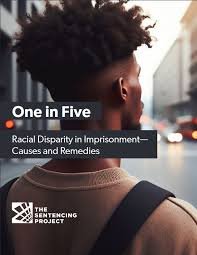By Richard Rosenfeld, James Austin
In this report, the authors devised statistical models to “predict” past yearly changes in Los Angeles’s rates of violent and property crime from the early 1960s through 2021, employing a very small set of predictive variables known to be associated with levels of crime. The yearly changes projected for those years corresponded quite closely to the actual changes. The authors then used the models to forecast crime trends through 2026. Violent crime is forecast to decline through 2026, while property crime is expected to rise modestly in the same period. The analysis also finds that if California imprisonment rates were reduced by 20%, the effect on crime in Los Angeles would be minimal.
New York: Harry Frank Guggenheim Foundation. 2023, 21pg




